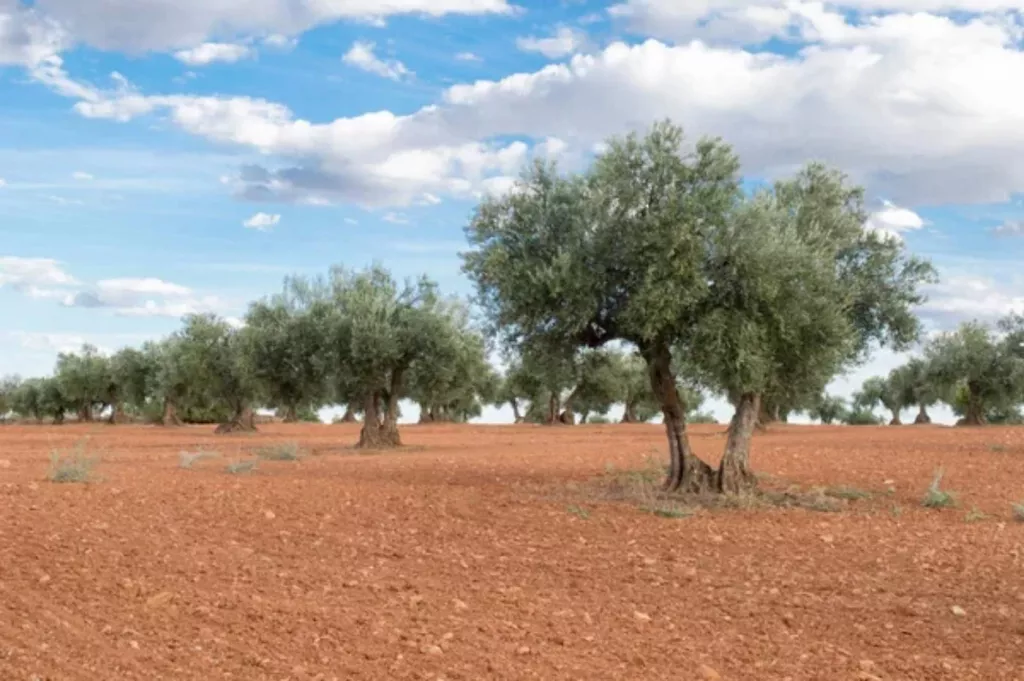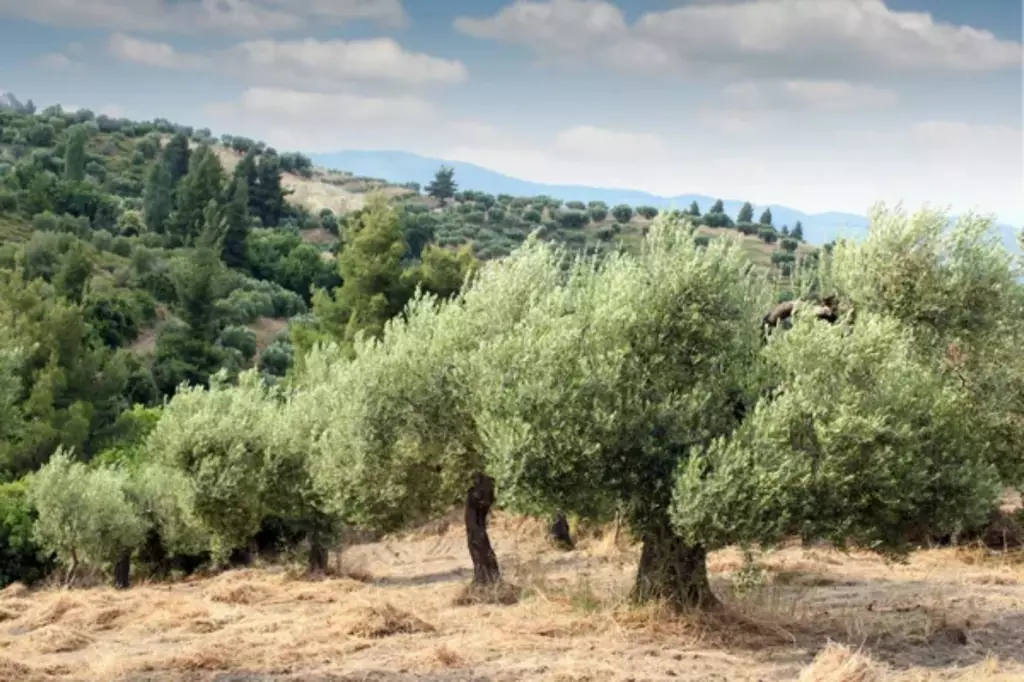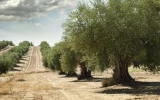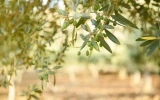How Many Olive Trees Should You Plant per Acre?
The optimal planting density for olive trees per acre hinges on several key factors: tree variety, cultivation method, and the grower's objectives. Farmers and growers must navigate between traditional low-density plantings and contemporary high-density approaches. Let's explore the strategic considerations for determining the ideal number of olive trees to plant per acre.
Traditional olive cultivation suggests planting 100 to 150 trees per acre. However, for high-density systems, 200 to 400 trees are recommended, and super high-density systems may accommodate over 600 trees per acre.
Some olive varieties are like compact city dwellers, comfortable in close quarters, allowing you to squeeze in more trees. Others need their space, leading to fewer trees per acre but potentially bigger yields per tree. Let's dive deeper into the spacing requirements of different olive types.
Summary
- The optimal number of olive trees per acre varies significantly depending on the intended use (oil production, table olives, ornamental), with traditional spacing yielding 40–50 trees per acre, and modern high-density planting allowing for 200–350 trees per acre.
- High-density planting can accelerate maturity and production but demands more intensive management, including regular pruning, to maintain tree health and productivity.
- The ideal root depth for olive trees is around 5 feet, with a minimum of 3 feet to ensure the roots have enough space to develop and access necessary resources.

On this page:
Olive Tree Density per Acre for Optimal Growth
When you're planning your olive grove, the number of olive trees per acre is a critical factor that influences both the health of the trees and the potential yield.
To calculate tree numbers, you'll start by considering the size and spacing of your trees.
Traditional groves might space trees widely, often over 30 feet apart. However, modern high-density planting reduces spacing to anywhere from 10 to 20 feet between trees.
Here's a basic guide to help you understand how spacing affects tree density:
| Spacing Category | Trees per Acre |
|---|---|
| Traditional spacing (> 30 ft) | 40-50 |
| Medium density (~20 ft) | 100-135 |
| High density (10 ft) | 200-350 |
Size and spacing influence your grove's success. Smaller, more closely planted trees mature faster and might begin producing olives sooner, but require more rigorous management.
In contrast, larger spacings can make for more robust individual trees and may simplify maintenance but take longer to reach full production.

Your decision on spacing will likely depend on your goals for yield, the size of your operation, and the resources available for tree maintenance and harvesting.
Spacing Guidelines for Planting Olive Trees
In general, aim for spacing of 10-20 feet apart to provide full sun exposure and reduce shade, allowing each tree to receive ample light for healthy growth.
However, the spacing between olive trees depends on several factors, including the variety of olive, the purpose of the olive trees (oil production, table olives, ornamental, etc.), the growing conditions, and the management practices (such as the use of machinery for pruning and harvesting).
Here's a table summarizing general spacing guidelines for olive trees under different conditions:
| Purpose | Spacing Between Trees | Spacing Between Rows | Remarks |
|---|---|---|---|
| Oil production | 15-20 feet | 20-25 feet | Denser planting can increase yield but may require more intensive management. |
| Table olives | 20-25 feet | 25-30 feet | Allows room for tree growth and easier hand harvesting. |
| High-density oil production | 5-8 feet | 13-20 feet | Used for specific dwarf or semi-dwarf varieties; requires specialized management practices. |
| Ornamental use | 8-10 feet | 10-12 feet | Suitable for smaller landscapes or as hedgerows. |
Do olive trees need a lot of space?
Olive trees (Olea europaea) are known for their adaptability and resilience, but like any plant, the amount of space they need depends on several factors. Here are some general guidelines regarding the space requirements for olive trees:
- Purpose: The intended use of the olives (oil vs. table) can influence how densely the trees are planted. Oil-producing groves may be planted more densely to maximize yield per acre, while table olive producers might prefer wider spacing to facilitate easier hand harvesting and larger fruit size.

-
Variety and growth habit: Olive trees come in various sizes, from dwarf varieties that can be grown in pots to large trees that can reach heights of up to 30 feet (about 9 meters) or more. Dwarf varieties naturally require less space and can be suitable for small gardens or terraces, whereas larger varieties will need more room to grow and spread.
-
Growth conditions: Soil fertility, water availability, and climate affect tree growth. In fertile soils with ample water, trees can grow larger, necessitating wider spacing. You can learn more about different watering techniques to optimize the growth of olive trees in this article.

-
Management practices: The use of machinery for pruning, spraying, and harvesting requires adequate space between rows to accommodate equipment.
-
Container growing: Olive trees can be grown in containers where space is limited. This approach requires choosing a suitable variety (preferably a dwarf or semi-dwarf type), providing adequate pot size for root growth, and regular pruning to manage the tree's size.
How much root space does an olive tree need?
Typically, olive trees need sufficient space below ground to thrive. Olive tree roots can extend outward beyond the canopy.
Here’s a simple guideline to root space:
| Attribute | Measurement |
|---|---|
| Minimum root depth | 3 feet |
| Ideal root depth | 5 feet |
| Root spread | Can extend to twice the canopy size |
Your olive trees require well-drained soil to prevent root diseases. Also, make sure to space your trees properly to accommodate their root systems.
When planting, avoid placing trees where the roots will be restricted, such as near foundations or pipes, since issues may arise despite olive tree roots being non-invasive.
Plan your orchard layout with these root space needs in mind:
- Allow enough space between each tree for roots to grow without competition.
- Avoid planting in compacted soil which can limit root growth.

Factors That Influence Olive Tree Density
The number of olive trees you can plant per acre will depend on several factors such as the following:
-
Soil conditions: Well-draining, fertile soils can support denser plantings, while poorer soils may require more space between trees for nutrients and water to be adequately available to each tree.
-
Climate conditions: Olive trees thrive in Mediterranean climates, but even within these regions, variations in temperature, humidity, and rainfall will influence how densely you can plant.
-
Tree size: The mature size of the olive trees you choose affects how many you can fit on an acre. Smaller, more compact trees can be planted more closely than larger varieties.
-
Cultivar: Different olive tree cultivars may have varying space needs. Some cultivars are bred for high-density planting, which means you can plant more trees per acre.
Estimating Profitability of an Acre of Olive Trees
Given the variability in these factors based on location, type of olives grown, and market conditions, let's assume the following:
-
Average yield per acre: 4,000 lbs of olives
-
Average selling price: $2 per lb for olives or $10 per liter for olive oil
-
Average cost of production per acre: $5,000 (This includes all expenses from planting to harvesting.)
-
Revenue calculation: Revenue = Yield per acre × Selling price
For olives:
Revenue from olives = 4,000 lbs × $2/lb
For olive oil (assuming 50% of weight is converted to oil and 1 lb of olives produces approximately 0.4 liters of oil):
Revenue from olive oil = (4,000 lbs×0.5)×0.4 liters/lb×$10/liter
Profit calculation:
Profit =Revenue−Cost
Profit margin
Profit margin=( Revenue/ Profit )×100%
We'll calculate these values to find the profit and profit margin for both selling olives directly and for producing olive oil.
-
For selling olives directly:
- Revenue per acre: $8,000
- Profit per acre: $3,000
- Profit margin: 37.5%
-
For producing and selling olive oil:
- Revenue per acre: $8,000
- Profit per acre: $3,000
- Profit margin: 37.5%
These calculations show that both selling olives directly and producing olive oil can yield a profit margin of 37.5%, which falls within the typical profit margin range of 20% to 40% for olive farming. A more detailed breakdown of the profit potential of farming olive trees can be found here.



